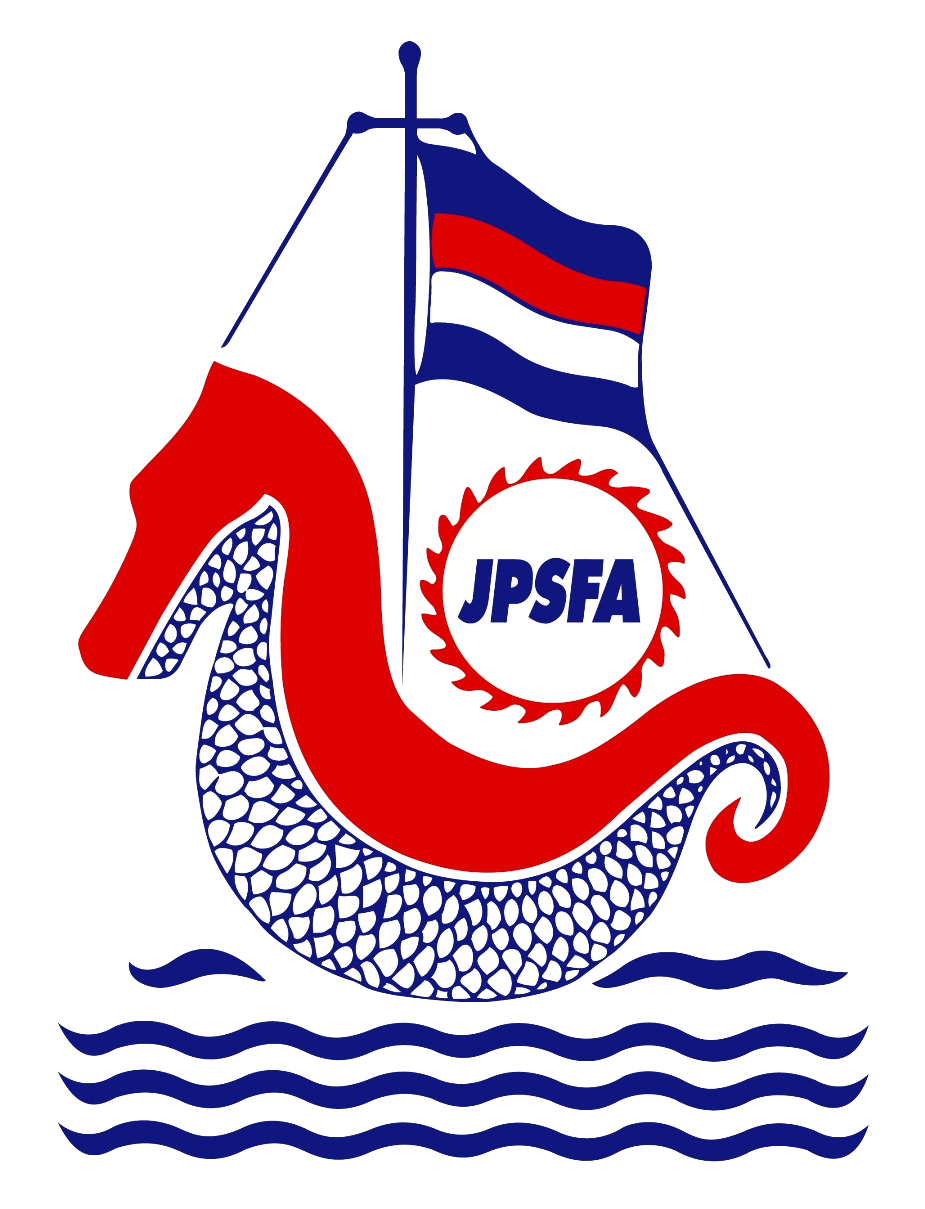Product tanker rates from U.S. to Chile and Peru have doubled since Nov. 1
Yet another signal on the Panama Canal situation is flashing red: Spot rates are surging for product carriers — specialized tankers carrying diesel, gasoline and jet fuel — that transit the waterway.
America is the world’s largest exporter of refined petroleum products. The west coast of South America is a traditional destination and the Panama Canal is pivotal to this trade. Alternate routes are more than twice as long.
Since the Panama Canal Authority (ACP) began heavily restricting reservation slots at the start of November, waiting time for ships without reservations has dramatically increased — and spot rates for medium range (MR) product tankers using the canal have skyrocketed to record highs.
According to price reporting agency Argus, the U.S. Gulf-Chile rate reached $121 per ton of cargo on Tuesday, up 92% from Nov. 1. The U.S. Gulf-Peru rate hit $113 per ton, up 105% from Nov. 1.
“Both are the highest levels since Argus began reporting those assessments in 2012 and 2015 [respectively],” said Nick Watt, head of Argus freight pricing services, in comments sent to FreightWaves.
Transit delays squeeze tanker supply
Looking back at Argus’ historical data, there is no precedent on these routes for the run-up in rates during November. In past years, rates have increased only moderately, or decreased, during this month.
“The transit delays are squeezing tanker supply available in the Gulf by slowing their return to the Atlantic Basin,” explained Watt. “With about a third of U.S. refined products exports reaching Latin America’s Pacific coast — Chile, Peru, Ecuador and Mexico’s west coast — that’s a significant number of tankers being held up on the way back.
Vessel-tracking data from MarineTraffic showed 20 product tankers waiting at the Pacific entrance to the canal on Thursday.
“Vessels without booked transit slots are waiting up to four weeks to transit the canal’s lock system. Tanker operators are charging premiums to carry cargoes across the Panama Canal because they know they’ll have to either wait in line or secure a transit slot on the return journey,” Watt said, noting that a transit slot for an MR product tanker can cost as much as $1 million.
Tanker ‘migration’ factors
The cure for high prices is high prices. The historic rates being achieved by MRs in the U.S. Gulf-to-west coast route should attract more tankers, bringing rates off their peak.
“Looking ahead, the canal delays are likely to continue well into next year, but U.S. Gulf Coast rates may retreat as tanker operators ballast across the Atlantic from Europe to capitalize on the high-earning journeys in the U.S. Gulf,” said Watt.
On the other hand, Atlantic Basin vessel supply is usually “balanced” by product tankers migrating from the Pacific Basin. The Panama Canal crisis may stymie this option.
Rates for MRs in the Pacific Basin are much lower than in the Atlantic. According to Clarksons Securities analyst Frode Mørkedal, “The sustained strength [in MR rates] is primarily due to market tightness in the Atlantic region. The Pacific market tells a different story, with rates significantly lagging behind.
“A key factor contributing to the subdued Pacific market compared to last year is the reduced volume of Chinese exports, a consequence of the absence of additional export quotas.
“Although there is a significant difference in earnings between the Atlantic and the Pacific, the Panama Canal disruptions make it harder for vessels to ballast from Asia to the U.S.,” said Mørkedal.
Vortexa analyst Mary Melton made the same point in a market commentary on Nov. 24. “Panama Canal congestion could create global fleet distribution rigidity” and “uncertainty for MRs migrating to the Atlantic Basin,” she wrote.
“Moving forward, fleet inflexibility looks likely, as repositioning and migration may be more difficult.”
Reference : https://www.freightwaves.com/news/another-panama-canal-red-flag-spiking-product-tanker-rates

